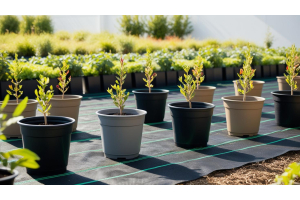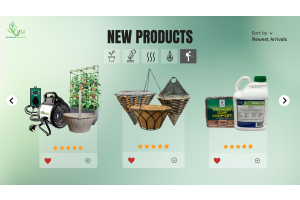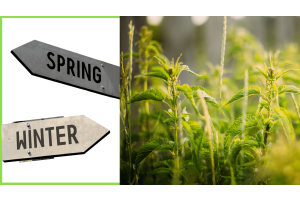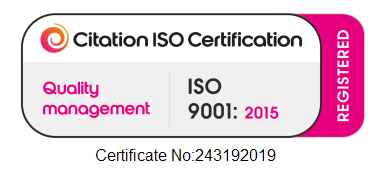An Examination of Hydroponic Farming: Revolutionising Horticulture/Agriculture.
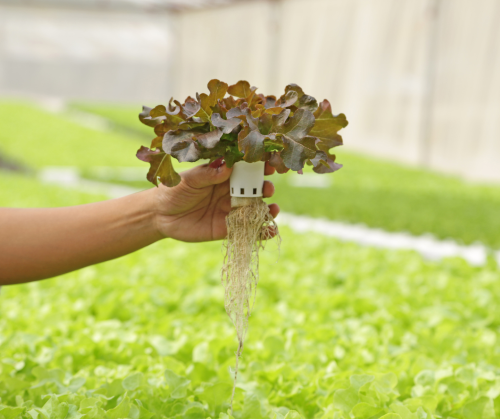
Hydroponics, derived from the Greek words 'hydro' (water) and 'ponos' (labour), refers to a revolutionary method of cultivating plants without using soil. Instead, hydroponic systems employ nutrient-rich water solutions, offering a more sustainable alternative to traditional agriculture. The fundamental components of a hydroponic system encompass fresh water, oxygen, nutrients, root support, and light.
Hydroponics is not a new concept; its roots trace back to ancient civilisations, and the principle has been explored in various scientific studies. However, with the advent of advanced technology and growing environmental concerns, hydroponics has gained significant momentum in recent years.
In hydroponics, the plant's roots are suspended in a solution that supplies all essential nutrients directly, eliminating the need for soil. This method gives plants optimal growing conditions, leading to faster growth and larger yields. The precision and control hydroponics offers make it an attractive option for modern farmers.
Understanding Hydroponic Systems
Nutrient Solution
A core aspect of hydroponic farming is the nutrient solution. This liquid medium provides plants with all the necessary nutrients for their growth and development. The nutrient solution composition requires sufficient concentrations of nitrogen, potassium, phosphorus, calcium, magnesium, and sulphur. These nutrients are typically derived from salts but can be supplemented or substituted with organic fertilisers such as cattle manure, bird guano, or seaweed.
Substrates
While hydroponics is a soil-less cultivation method, plants still require support for their roots and proper aeration. Various substrates meet this need, including perlite, pumice, vermiculite, rice husk, wood fibre, wool, and rock wool. These materials retain water while allowing air to circulate through the roots, ensuring a healthy growing environment.


Hydroponic Technologies
Hydroponic farming requires more precise controls and advanced technologies compared to conventional agriculture. Some essential tools and equipment for hydroponic systems include conductivity meters, pH meters, lighting systems, and air control units.
Conductivity meters measure the electrical conductivity of the nutrient solution, indicating the amount of dissolved nutrients and their replenishment needs. pH meters are critical for controlling the solution's acidity and substrate, as the optimal level varies for each crop.
Lighting is another crucial aspect of hydroponic farming. Sunlight, artificial light, or a combination of both can maximise yield. In recent years, LED lights have increased due to their low consumption. Furthermore, in closed environments, the concentration of CO2 in the air can be increased to improve fertility.
Hydroponic Farming vs. Traditional Agriculture
Saving Space
One of the most notable benefits of hydroponic farming is its space efficiency. Hydroponic plants can be grown much closer together than soil-grown plants since their roots do not need to spread out to find nutrients. Consequently, hydroponic farming allows for a much higher number of plants to be cultivated in the same space compared to traditional farming methods, making it a particularly beneficial method for urban farming.
Conserving Water
Hydroponic systems are highly water-efficient. While replacing soil with water might initially seem counterintuitive regarding water conservation, hydroponic systems use far less water than traditional, soil-based growing methods. This is because the water used in hydroponic systems can be recycled repeatedly, reducing water wastage due to evaporation and runoff.
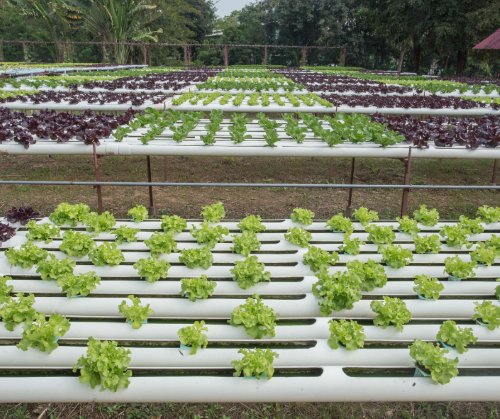

Reducing Chemical Use
Hydroponic farming reduces the need for chemical use, particularly herbicides and pesticides. Hydroponic systems are tightly controlled and often housed indoors, so the risk of weeds and pests is significantly reduced. Consequently, using harmful chemicals to combat these issues is unnecessary, mainly making hydroponics a more environmentally friendly farming method.
Faster Growth and Higher Yields
Hydroponic plants grow faster and yield more compared to soil-grown plants. The ability to control the environment around each plant and provide optimal nutrients results in growing up to twice as fast. Furthermore, the space efficiency and year-round growing capability of hydroponic farming contribute to higher yields per square foot of space.
Control Over Nutrients
Hydroponic farming gives the farmer complete control over the nutrients the plants receive. The nutrient-rich water solution can be customised to provide the exact nutrients each plant species requires, eliminating the need for soil and additional fertilisers—this precision feeding results in healthier plants and superior yield quality.
Indoor Growing Environment
Growing plants indoors using hydroponic systems has several advantages. Indoor hydroponics allows for control over temperature and climate, reduces pest issues, and enables year-round cultivation, irrespective of external weather conditions. Furthermore, it opens up the possibility of urban farming, bringing cultivation closer to consumers and reducing the carbon footprint of transporting produce.
Healthier Plants and Soil Conservation
Hydroponic plants are generally healthier than their soil-grown counterparts. Since they are grown in a controlled environment and are less susceptible to soil-borne diseases and pests. Additionally, hydroponic farming contributes to soil conservation. Soil erosion is a significant issue in traditional agriculture, but hydroponic farming circumvents this problem by eliminating the need for soil.
The Investment in Hydroponic Farming
While the benefits of hydroponic farming are numerous, it's essential to consider the initial costs of setting up a hydroponic system. For an indoor farm of about 500 square feet, the initial costs of the system and necessary equipment can exceed £80,000. However, considering the higher yields and the potential for year-round cultivation, the investment can be well worth it.
At JFH, we leverage our knowledge and resources to advise and supply multi-acre sites, new systems, and upgrades down to small irrigation systems. We supply an extensive range of parts, pipes, fittings, valves, lances, nozzles, connectors, and more, catering to large-scale or small nurseries. With hydroponic farming becoming increasingly popular, the demand for these components is set to rise.
Hydroponics is revolutionising the agriculture industry by offering a sustainable, efficient, and productive alternative to traditional farming methods. As we face increasing environmental challenges and a growing global population, innovative solutions like hydroponic farming will be crucial in securing our food future. Embracing this technology could lead to healthier plants, greater yields, and a more sustainable approach to agriculture.


